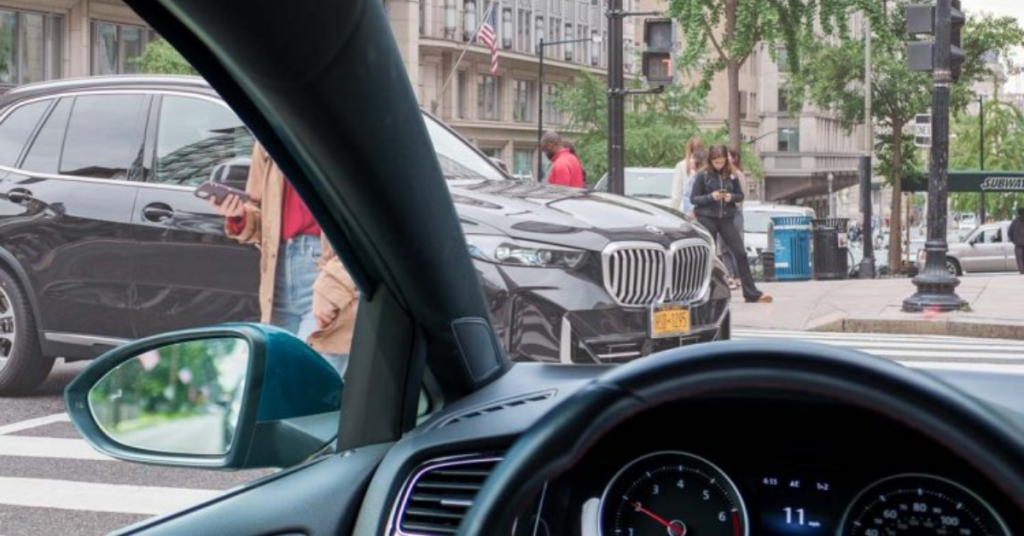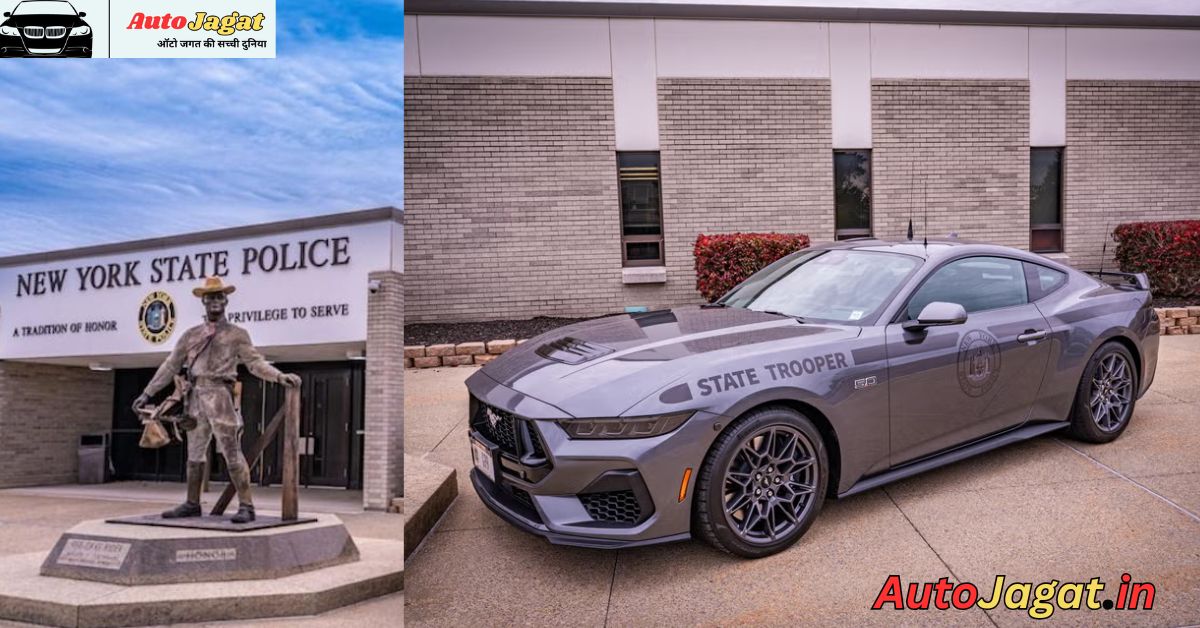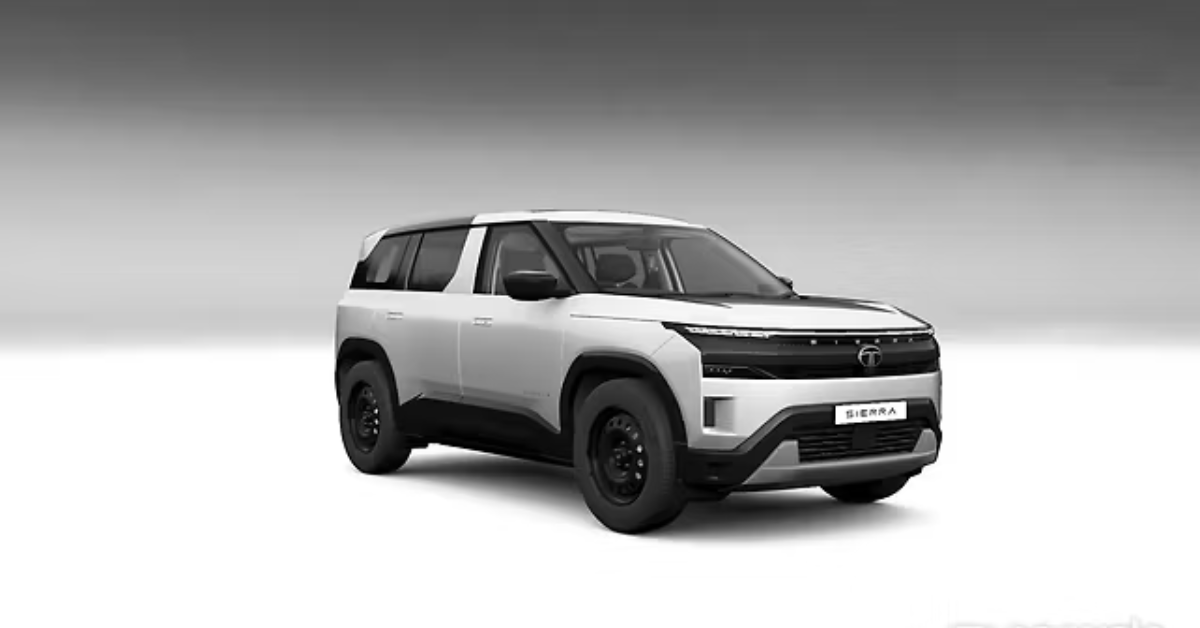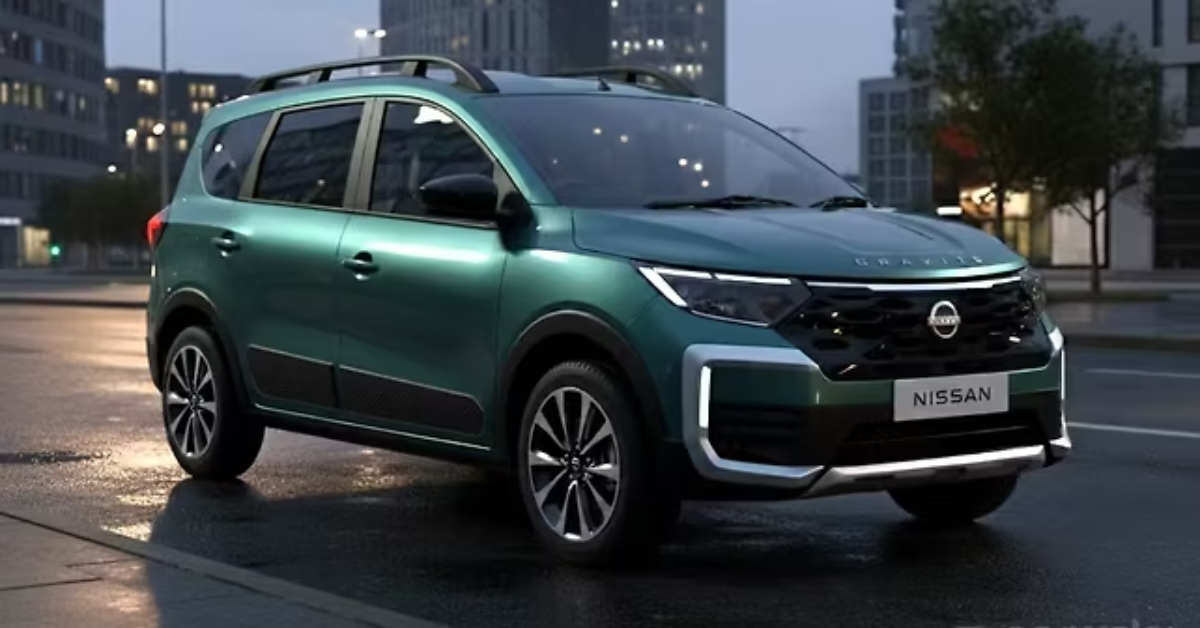The Insurance Institute for Highway Safety (IIHS) has long been at the forefront of crash testing and vehicle safety evaluation. Now, it’s making headlines again—not for rating vehicle strength or crashworthiness, but for revealing a startling new concern in the automotive world: a sharp rise in vehicle blind zones.
With the help of a new scientific measurement technique, IIHS has uncovered data that shows blind spots in vehicles—especially large SUVs and pickups—are becoming more dangerous than ever before. This revelation has wide-ranging implications for pedestrian safety, driver awareness, and vehicle design.
🚗 What Are Blind Zones, and Why Do They Matter?
Blind zones, or blind spots, are areas around a vehicle that are not visible to the driver, even when using mirrors or cameras. These include:
- Rear blind zones: Hidden areas directly behind the vehicle.
- Side blind zones: Typically found behind the side mirrors.
- Front blind zones: The space in front of the car, which is increasingly problematic in tall vehicles.
While side and rear blind spots have traditionally been the focus of driver education, this new IIHS study places particular emphasis on front blind zones, especially in SUVs and trucks.
These zones are dangerous for pedestrians and children, as drivers may not realize someone is standing or crossing just a few feet in front of their vehicle.
🧪 IIHS’s New Testing Method: A Game-Changer
The new technique introduced by IIHS involves measuring how far in front of a vehicle a driver must move before they can see a child-size object (approximately 37 inches tall). This has provided a standardized, accurate assessment of vehicle blind zones for the first time.
Here’s what’s different:
- Objectivity: Previous blind spot measurements were subjective or dependent on manufacturer claims.
- Child safety simulation: The test uses child-sized mannequins to replicate real-world dangers.
- Visibility thresholds: The method pinpoints exactly where visibility begins from the driver’s seat.
The results are shocking: some vehicles, especially large SUVs and pickups, require 10 feet or more of forward movement before the driver can see an object that size.
📈 Key Findings from the IIHS Study
The IIHS tested over 70 popular vehicles, including sedans, crossovers, trucks, and minivans. Here are the top highlights:
- Full-size pickups had the worst front blind zones, often requiring 11–13 feet of movement to spot a child.
- SUVs fared slightly better but still had visibility issues compared to sedans.
- Smaller cars had significantly shorter blind zones, with most under 6 feet.
- The rise in vehicle height and bonnet length in newer designs is directly linked to increased front blind spots.
This suggests a growing safety concern as Americans continue to favor larger vehicles.
🧍♂️ Real-Life Impact: Blind Zones and Pedestrian Fatalities
Why does this matter? Because blind zones directly contribute to real-world accidents.
According to the National Highway Traffic Safety Administration (NHTSA):
- Over 500 children in the U.S. are injured annually in front-over and back-over incidents, often in driveways or parking lots.
- Many of these incidents happen because the driver simply couldn’t see the child from the driver’s seat.
The new IIHS technique validates these tragedies by showing how easily even careful drivers can fail to spot a child or small adult in front of their vehicle—until it’s too late.
🏗️ The Design Dilemma: Style vs. Safety
One of the key takeaways from the IIHS study is the conflict between modern car design trends and visibility:
- Today’s vehicles emphasize aggressive styling with high bonnets, upright grilles, and thick pillars.
- These aesthetic choices come at the cost of driver sightlines, especially downward and forward.
- Even vehicles with front cameras may not provide a natural, real-time view that replaces direct sight.
Designers are now facing pressure to rethink vehicle proportions, especially in family-oriented vehicles where the risk of child injury is highest.
🔧 Technology as a Solution: Helpful, But Not Foolproof
Some automakers are countering the blind zone problem with technology such as:
- 360-degree cameras
- Front pedestrian detection systems
- Blind spot monitors
- Proximity sensors
However, the IIHS warns that technology is not a substitute for good visibility. Cameras can fail, sensors can be obstructed, and drivers can become overly reliant on assistance systems.
The best solution remains designing vehicles with better natural visibility—supplemented, not replaced, by tech.
👨👩👧 What Can Drivers Do Right Now?
While the industry debates design changes, there are practical steps drivers can take to stay safe and reduce risk:
- Do a walk-around before moving: Especially in residential or crowded areas.
- Install aftermarket front cameras, especially on older SUVs and pickups.
- Avoid distractions when maneuvering in tight spaces or near schools.
- Use mirrors and physically lean forward to check for obstacles.
- Educate children about staying clear of parked or reversing vehicles.
Awareness is key. Just knowing that your vehicle might have a large blind zone can help you take preventive actions.

🏁 The Road Ahead: Will Automakers Adapt?
The IIHS’s new measurement technique is already influencing discussions in automotive safety circles. Regulators and safety advocates are pushing for:
- Mandatory blind zone ratings similar to crash test scores.
- Redesign incentives for manufacturers to produce safer vehicles.
- Awareness campaigns to highlight the issue among consumers.
If pressure builds, we may soon see blind zone visibility tests become part of a vehicle’s safety rating—just like crashworthiness or rollover resistance.
✅ Conclusion: Blind Spots, Bright Spotlight
The sharp rise in vehicle blind zones isn’t just a technical issue—it’s a growing public safety concern. Thanks to IIHS’s breakthrough method, we now have clear, standardized data showing just how hidden these zones really are.
As vehicles get larger and more imposing, we must ask: is style worth sacrificing visibility—and possibly lives?
Whether you’re a driver, a parent, or someone shopping for a new vehicle, this study serves as a wake-up call. Know your vehicle. Know its blind zones. And most importantly, drive with awareness and responsibility.





